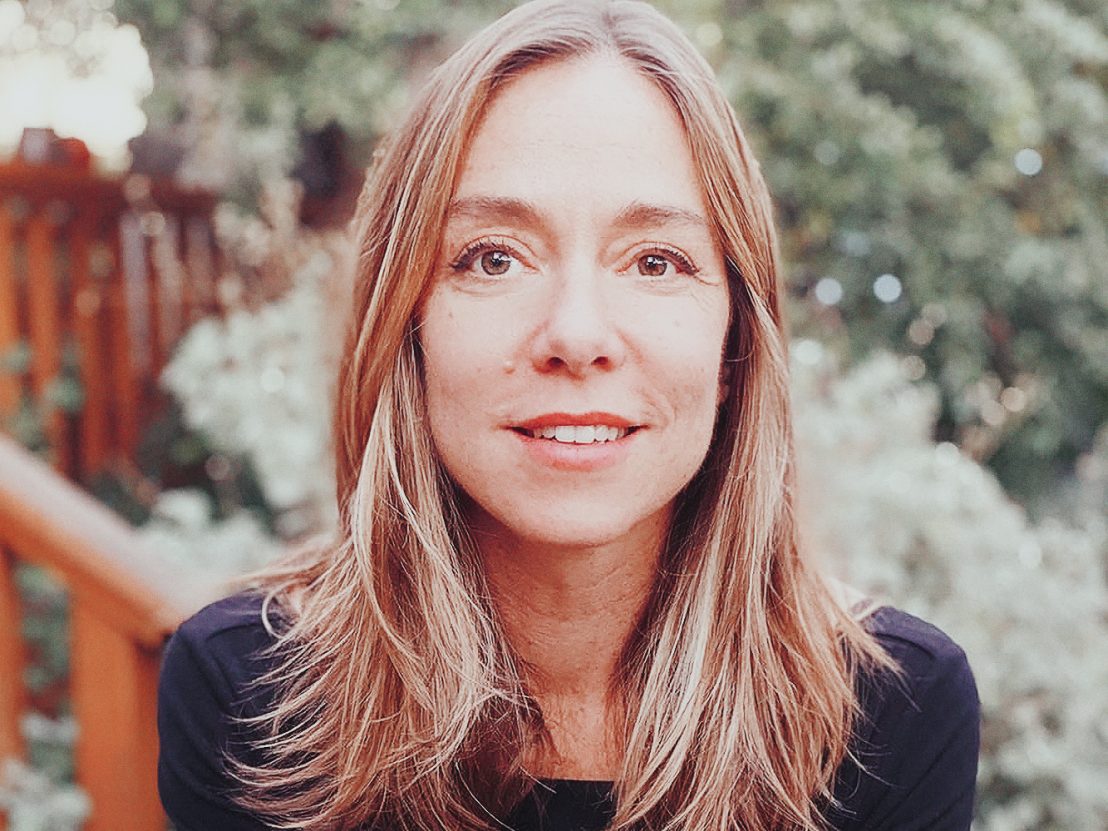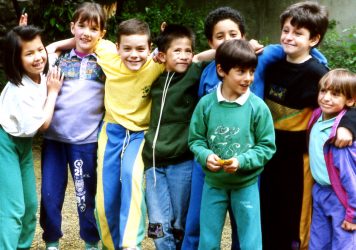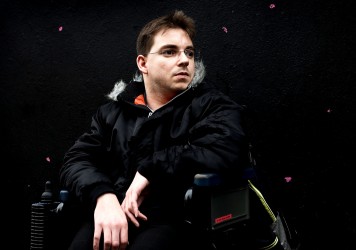
The director of CODA discusses working with the Deaf community for her tender coming-of-age drama.
One of the breakout hits from this year’s Sundance Film Festival was Sian Heder’s CODA, a moving coming-of-age drama about a hearing teenage girl and her Deaf family. An English-language remake of 2014’s La Famille Bélier, the film follows Ruby (Emilia Jones) and her family who run a struggling fishing business. While Ruby’s parents and brother are dependent on her for interpretation, she has a passion for singing and faces the age-old dilemma of choosing between her dreams of going to music school or staying behind to support her family’s livelihood. It’s a heartfelt, universal story, but it’s the film’s championing of Deaf talent that makes it stand out.
LWLies: The CODA [Child of Deaf Adults] perspective has rarely been portrayed as tenderly as this. What motivated you to make this film, and did you have any experiences with Deaf culture beforehand?
Heder: After I was at Sundance with my first film, Talullah, I came back and met with the producers. I loved the idea. The CODA experience is so specific and it’s interesting to be bridging the hearing world and the Deaf world. My trepidation was that I wasn’t part of the Deaf community and so I felt like an outsider. To properly tell that story, I knew I was going to have to surround myself with Deaf collaborators and people in the community who were going to put my hearing perspective in check and make sure that I was authentic in the storytelling. I felt a lot of responsibility to honour Deaf culture. I couldn’t have made the film in the way that I made it without having the collaborators that I had.
Did you feel it was important to show the light-hearted side of a signing family, to show sign- and Deaf-specific humour?
I was a teenager who was embarrassed by my parents all the time; they were totally open about their sex life and inappropriate with my friends. I think when we see disability represented on screen, that humour often isn’t there. It’s treated either as, ‘These characters are an object of pity,’ or, ‘They’re so noble and earnest,’ and that’s not my experience. My Deaf friends are just as crazy and funny – I would say more so than my hearing friends because the culture is a little bit more blunt and visual. I wanted to capture that.
The parent characters, Frank and Jackie, have a very loving and passionate relationship.
That was sort of based on my parents, who were always very open about sex. My parents have been together for 50 years; they’re an intense couple who fight like crazy but are still really in love. That was important for me to represent. Troy [Kotsur] has the craziest, funniest sense of humour, and Marlee [Matlin] is pretty dirty and crazy as well. Troy was just making everybody laugh and he was always crossing the line. When we shot that sex talk, I was going into the monitor like, ‘Oh my god, this film is gonna get like an NC-17 rating because of Troy’s signing getting wilder and wilder.’ I was lucky to have Troy because he’s an amazing improviser. He brought so much comedy just in his imagination and his creativity on set.
Marlee Matlin is renowned for being the first and only deaf actor to win an Oscar. What was it like opening the auditioning door to deaf actors and to work with a team of both hearing people and people with varying deaf experiences?
The most interesting thing for me, both in the experience of the actors and the experience of the characters, is that there’s not one experience of deafness. Oftentimes in films there’s one Deaf character, if there’s any. We had three [Deaf] people on screen as a family who are all very different in life and in their characters. It was important to me that this isn’t a story about deafness or Deaf culture. This is about these specific characters in this specific family. In that specificity, you end up telling a universal story because you’re not trying to represent the whole experience.
I think for Marlee it was very freeing to be on a set with other Deaf people. We had seven interpreters on set; three of them were CODAs. We had two Deaf ASL masters, so ASL established the culture on our set, as opposed to the other way around. The hearing people had to fit into the Deaf world as opposed to the Deaf people having to adapt and fit into a hearing world. Emilia and I would be working on set when there were no Deaf actors working and we would be signing with each other because it’s a great language to use when you’re on a boat and you can’t be right next to each other.
One thing that stands out is the lack of deaf access in the scenes with the doctors and the court; Ruby’s family are always relying on her to interpret for them. Was this something that was considered during filming?
To me, the family’s class level was a very important element of the movie because money is a huge part of access. For Deaf people who want to take a meeting, they have to find and hire an interpreter. If you are not in a financial position to provide resources, and if the companies you’re working with aren’t providing those resources, then you don’t have access. It was very important to show that they’re struggling financially. The reason they’re relying on their daughter is because this is a small town which doesn’t have resources. Taking the film out in the world, I have really focused on access. Everything needs to be captioned, we need interpreters at every film festival screening and we’re educating the whole team that, ‘If this movie enters the world, you have to make sure that it’s available to everybody.’ A disability is only a disability if you have a society that makes it so.
Being from Massachusetts yourself, what was it like returning to that region?
I’m from outside that town, but I went there every summer growing up. When I was researching the movie, I met the Gloucester Fishermen’s Wives Association. There were some ladies there who broke down what had happened in the fishing community. They told me about the decline and how the fishing regulations, which were important environmentally, really hurt family fishermen, whereas they didn’t really impact the big corporations who continued to overfish. It made me want to tell a story in that community, because it’s a dying way of life. Generations of people have lived this way and it’s hard work and it’s dangerous, but it’s been a source of pride and now it’s going away.
Why did you choose Joni Mitchell’s ‘Both Sides Now’ as Ruby’s audition song?
If you hear Joni Mitchell being interviewed about that song, she calls it the end of her childhood. I didn’t read that interview until after I made CODA. I love that she recorded it when she was in her twenties and then again when she was 65, and it’s a totally different song. She’s lived this whole life, and there’s loss, experience, and tragedy. It’s about being in two different perspectives at the same time, looking at something from both sides, and I think that is the CODA experience.
What do you hope people will take away from CODA?
I hope that people are moved by the story and relate to it. I hope they take with them an experience of culture that is different from theirs and maybe feel more curiosity and desire to build bridges between the hearing world and the Deaf world. I’ve heard from a lot of people that really relate to the movie, from children of immigrants who have spent a lot of their lives translating for their parents. I think our goal as storytellers is to give people empathy for someone else’s journey. I hope that someone leaves the movie and wants to learn ASL or thinks about people who might be on the fringes and should be brought into the centre.
CODA is released on Apple TV+ from 13 August.
Published 11 Aug 2021

Nicolas Philibert’s 1992 documentary is a sensitive and affecting portrayal of the deaf experience.

The writer/director of Sound of Metal discusses replicating the experience of deafness on screen.

With disabled performers being pushed further into the background, three actors speak frankly about what’s really going on.